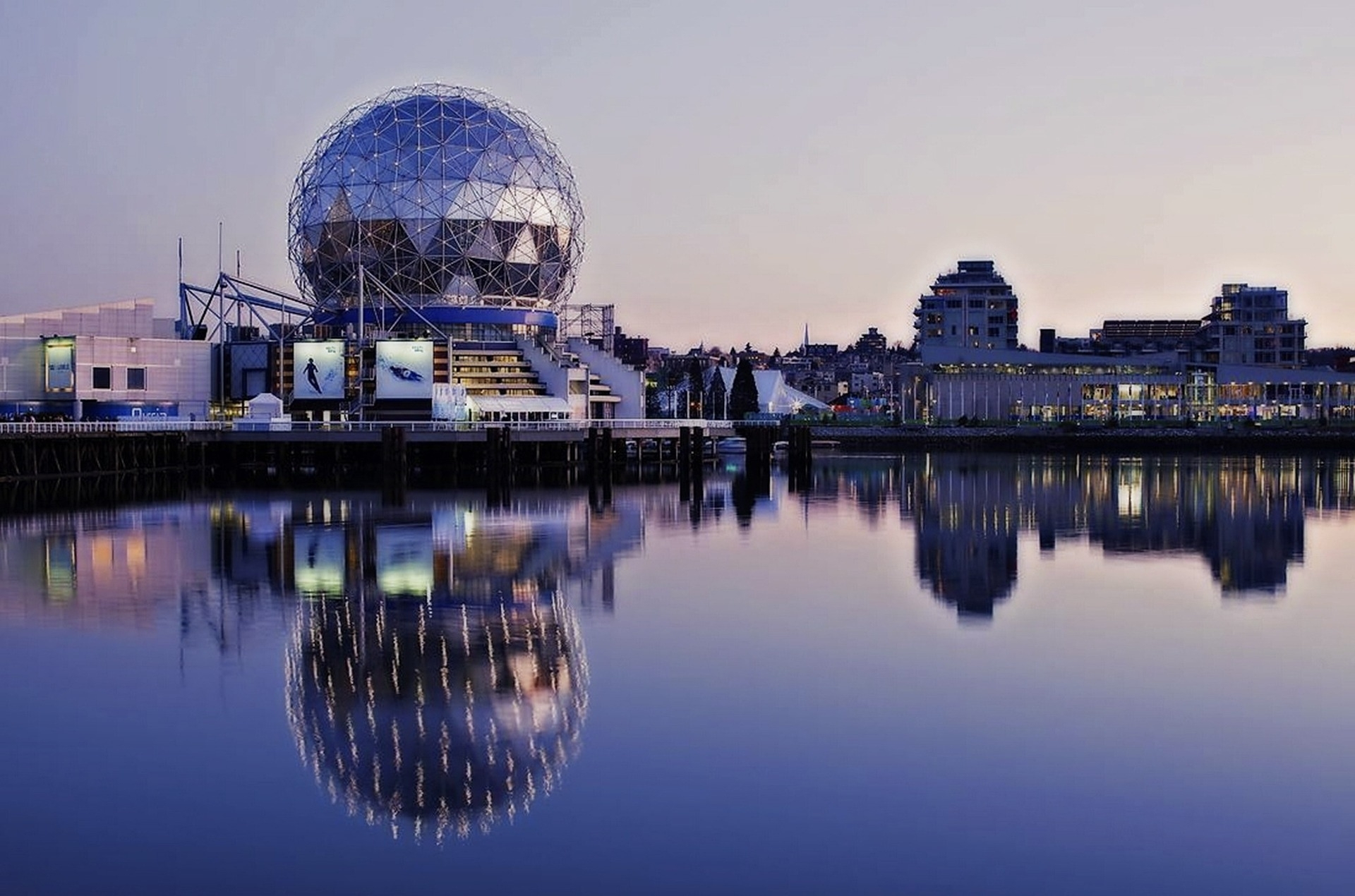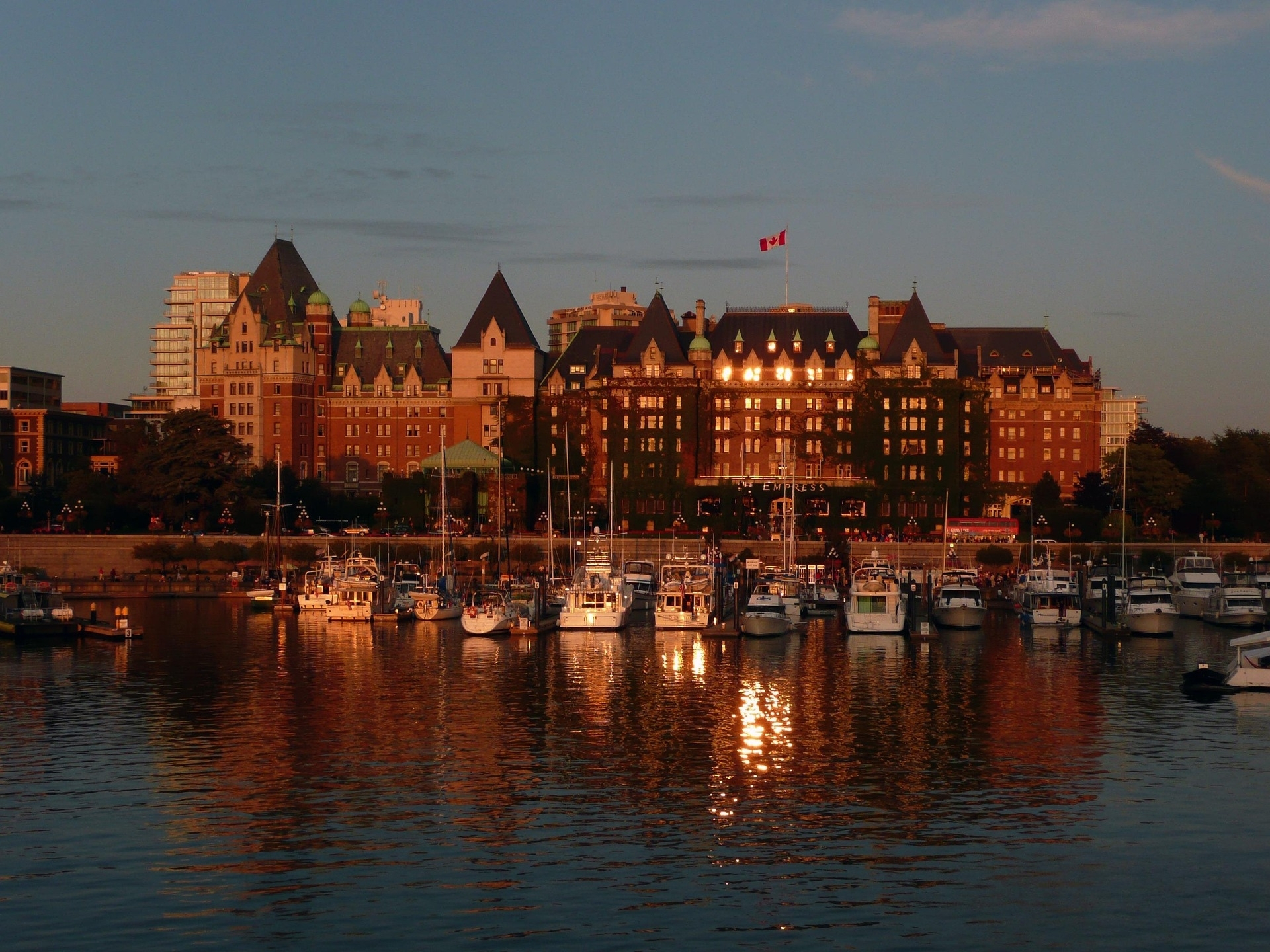In a world where "growth" typically means sprawling subdivisions and big-box stores, British Columbia's Sunshine Coast offers a compelling alternative. Comprising the communities of Sechelt, Gibsons, Roberts Creek, Halfmoon Bay, Pender Harbour, and Egmont—with a combined population of just 32,170—this region proves that sustainable development isn't just possible; it's already happening.
Just 40 minutes by ferry from Vancouver, the Sunshine Coast could have easily become another commuter suburb. Instead, its residents have consciously cultivated a different vision of progress—one that prioritizes ecological health, community well-being, and cultural preservation over unchecked expansion.
The Sunshine Coast Difference
What makes this region's approach unique?
Policy with Purpose
The Sunshine Coast's Integrated Community Sustainability Plan explicitly ties economic activity to environmental stewardship
Development permits require green building standards that exceed provincial minimums
Over 30% of the region is protected through a mix of parks, conservancies, and Indigenous-led land management
Energy Innovation
Sechelt became one of Canada's first communities with a solar-powered water treatment plant
Gibsons' "Blue Economy" initiative turns marine conservation into economic opportunity
Microgrid projects reduce reliance on fossil fuels while increasing resilience
Food Systems Revolution
The region produces 38% of its food locally—triple the BC average
Indigenous-led initiatives like shíshálh Nation's clam garden restoration blend tradition with food security
Farm-to-table isn't a trend here—it's been standard practice for decades
Culture as Infrastructure
Roberts Creek's "mandala painting" tradition transforms storm drains into public art that prevents pollution
Sechelt's Arts Centre offers workshops where elders teach cedar weaving alongside digital media classes
Halfmoon Bay's "Repair Café" keeps hundreds of items out of landfills each year
The Proximity Advantage
The 40-minute ferry connection to Vancouver plays a crucial role in this sustainability model. It provides:
Access to urban resources without urban sprawl
A "brain gain" of professionals choosing lifestyle over hectic city living
Economic stability through tourism and remote work opportunities
Yet the physical buffer of water maintains the region's distinct character—what researchers call "Goldilocks connectivity": close enough to benefit, distant enough to innovate.
Challenges and Solutions
Growth pressures persist, but the Coast responds creatively:
Housing: Tiny home villages and co-housing projects address affordability while minimizing footprint
Tourism: "Leave No Trace" certifications for local businesses protect natural assets
Development: The "Sunshine Coast Pledge" asks newcomers to respect sustainability values

Conclusion: A Blueprint for Thoughtful Growth
The Sunshine Coast demonstrates that communities needn't choose between prosperity and preservation. By measuring progress through clean water rather than construction cranes, through community health rather than corporate tax breaks, this region offers tangible alternatives to extractive development models.
For policymakers, planners, and citizens seeking better ways forward, the message is clear: real progress doesn't sprawl—it roots.











